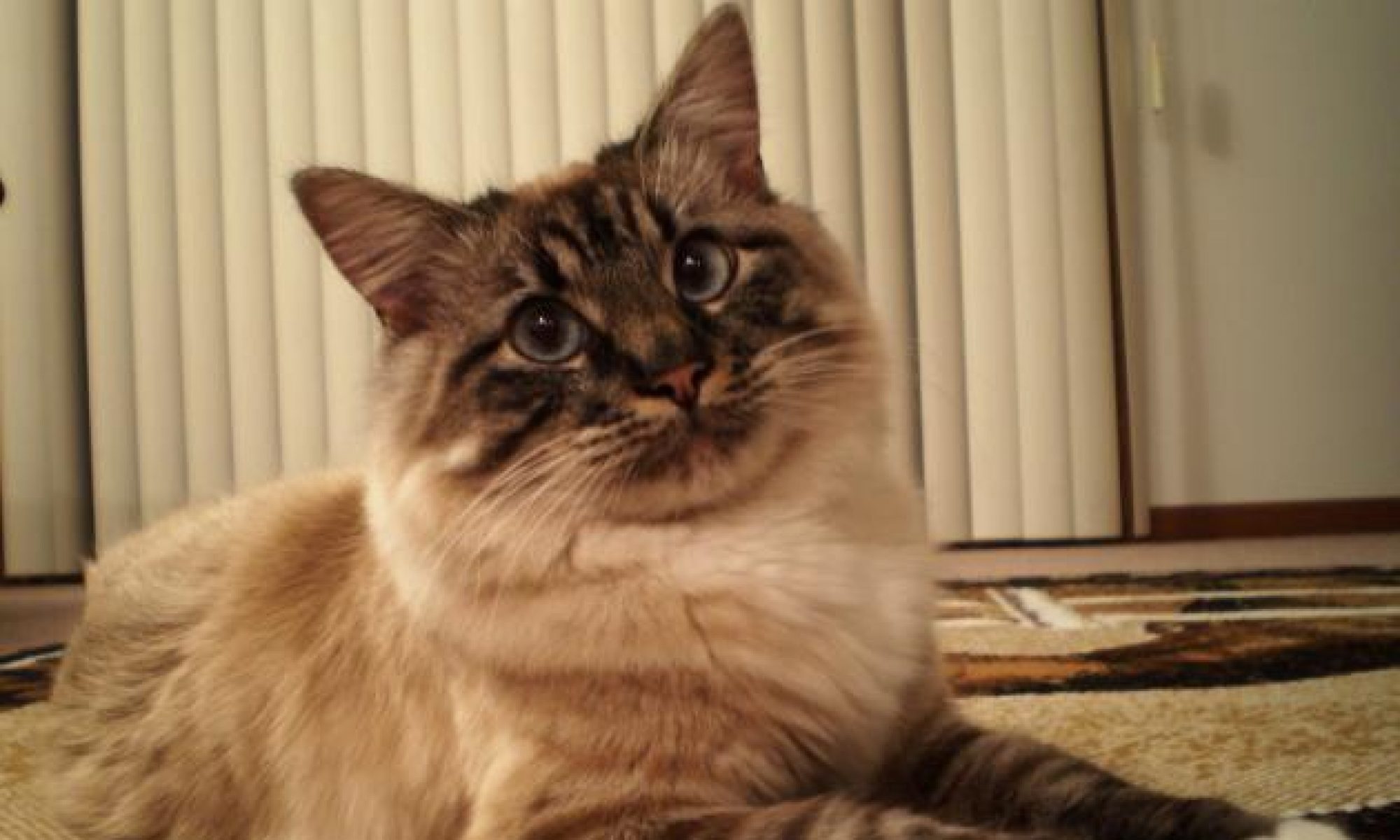Nuclear sclerosis is a very common eye defect in older animals and is commonly mistaken for cataracts in companion animals. Nuclear sclerosis results in a cloudy appearance to the lens of the eye but is less harmful than cataracts because it does not greatly affect the vision of your pet. With no other outside contributor responsible, this disease appears as a normal part of the aging process and is often unavoidable. Nevertheless, if your pet’s eyes appear cloudy, it is important to have your pet examined by a veterinarian so you can be informed and determine how to care for your pet in the best way possible.
Nuclear sclerosis develops in the lens, which serves as the part of the eye that takes outside light and transmits it onto the retina. The retina is the tissue that lines the inner surface of the eye to create the visual image. The lens is a variable structure of the body that is always going through changes. With age, it begins a hardening process called nuclear sclerosis that describes the way fibers, which create the lens, are aligned. Layers build upon themselves and become more compressed, which ultimately shrink the area of the lens and harden it to create a cloudy film.
Cataracts, on the other hand, which also appear as cloudiness in the eye, are more harmful to your pet’s vision and can be a sign of other diseases. Cataracts, which show as opaque areas of the lens, can lead eventually to total vision loss. Blindness occurs when the entire lens is involved. Perhaps most importantly, cataracts can occur as a result of a metabolic disorder, such as diabetes, which modifies the way the fibers are laid down to create the lens.
Nuclear sclerosis has no required treatment because it does not greatly impair the vision of the companion animal and is a natural occurrence. Cataracts, however, potentially require treatment that involves surgically breaking down and removing the lens, as well as controlling any other accompanying diseases.
A veterinarian can differentiate whether the cloudiness of the eye of a companion animal is nuclear sclerosis or cataracts by a thorough eye examination with the pupil fully dilated. It is sometimes necessary to bring the animal to a veterinary ophthalmologist to receive an accurate diagnosis and begin necessary treatment. If the animal has cataracts, the veterinarian will also want to run further diagnostics to determine if the animal has diabetes as well.
Although the aging processes of a pet can be a difficult time, the best way to handle this type of situation is through good home care. After obtaining the correct diagnosis of which ocular disease you may be dealing with, take the necessary precautions to aid your pet’s needs. If your pet’s vision is starting to deteriorate, it may be in the best interest of the owner and pet not to alter the environment in which it is used to living. This will allow your pet to gradually learn to depend on its other senses to safely maintain its everyday routine.
Amy Tartini & Daniela Sharma, Ph.D. – Rutgers University
